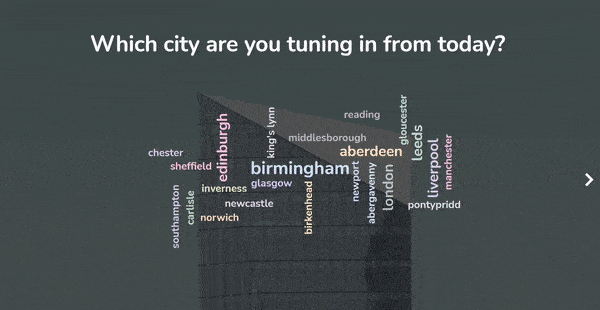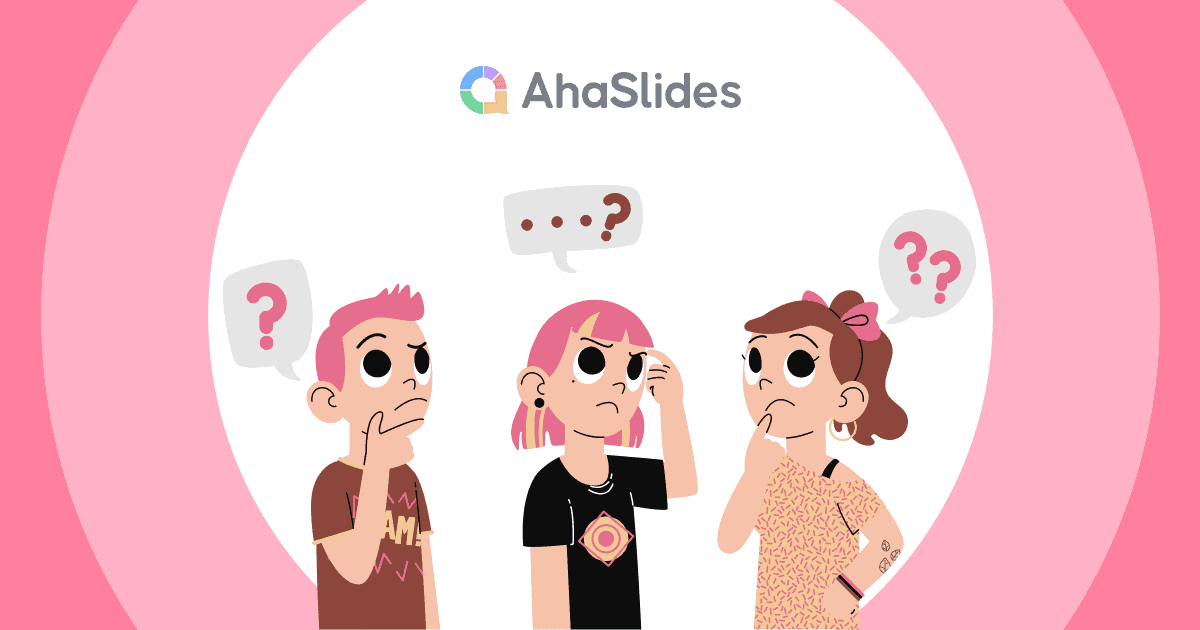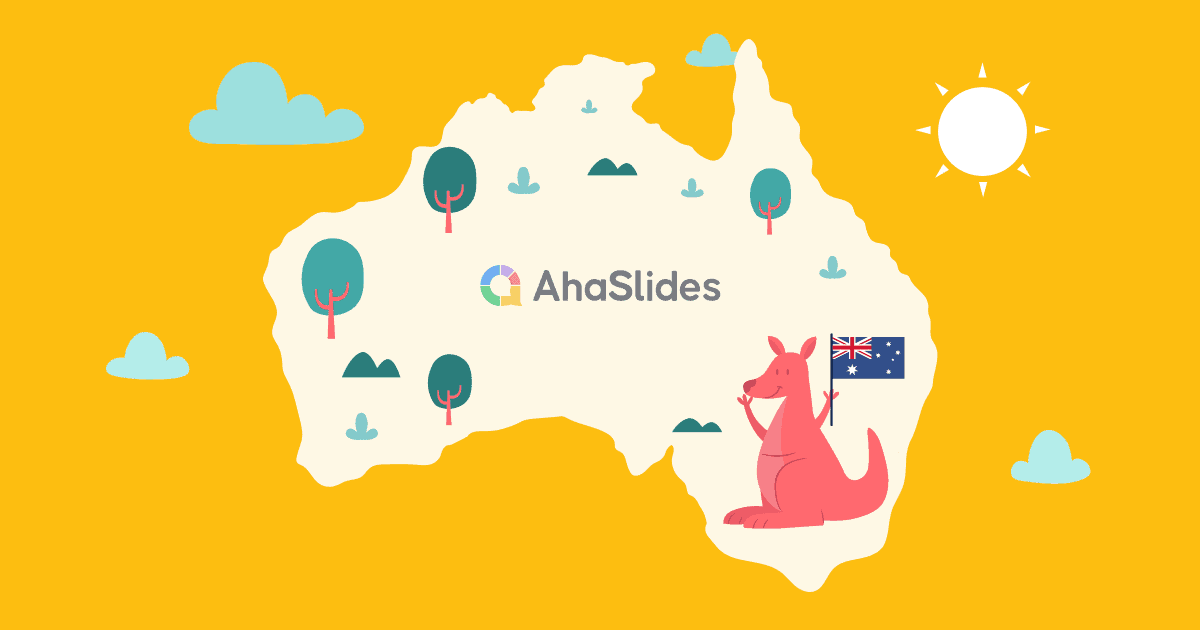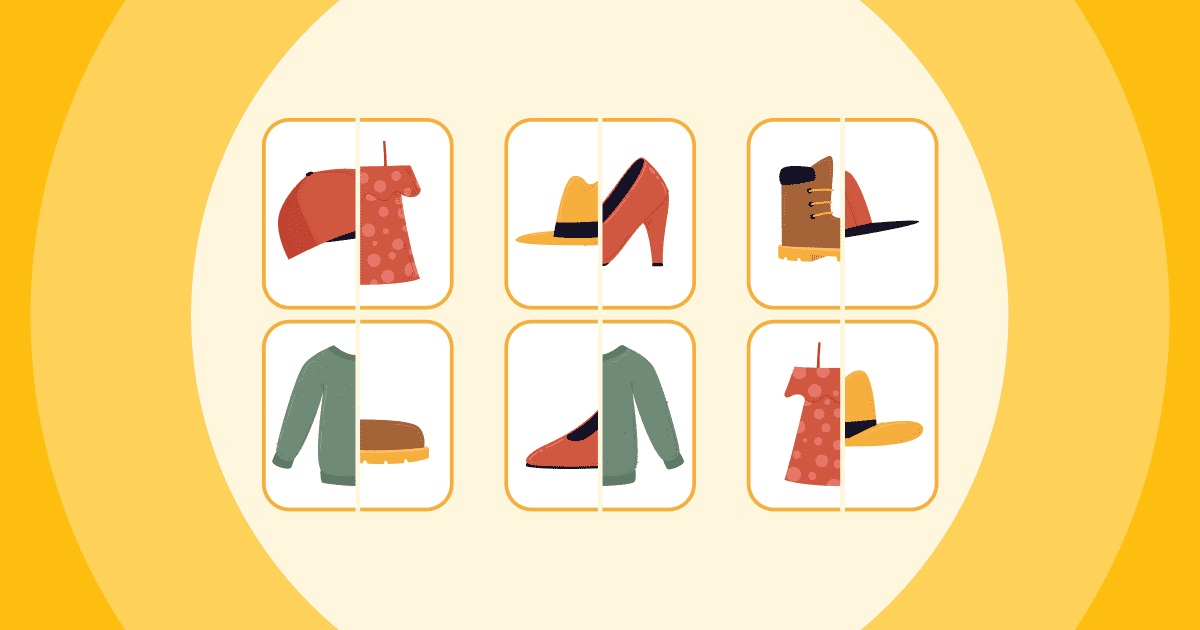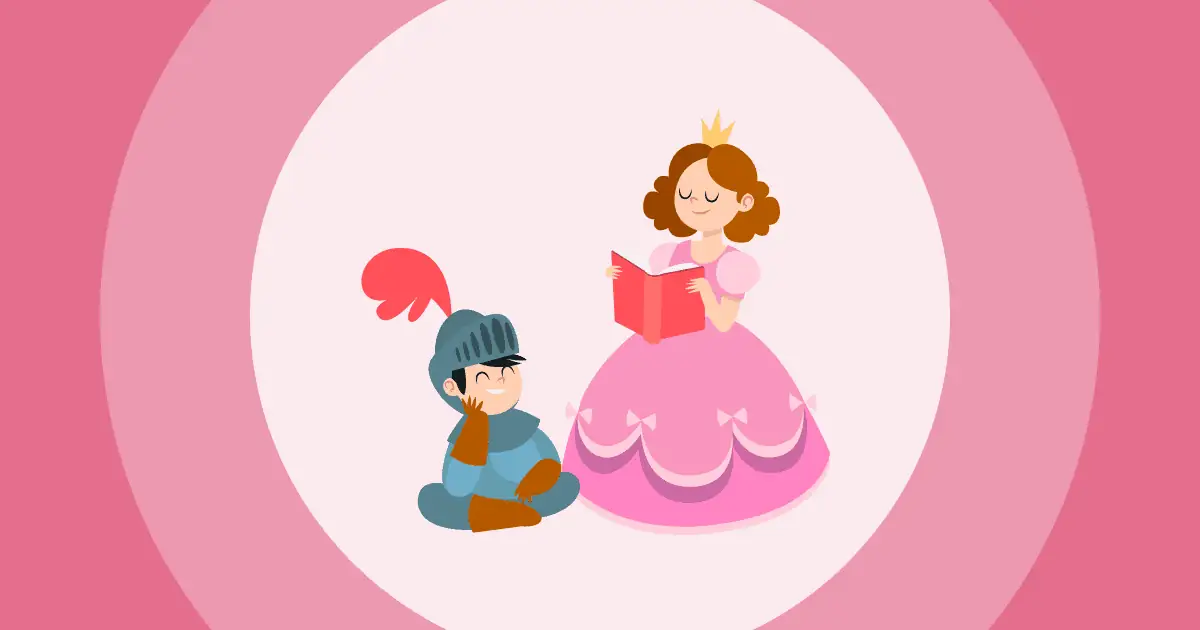您在設計調查時遇到了哪些困難? 您可能想查看以下內容 封閉式問題示例 在今天的文章中,我們將幫助您更了解如何有效地設計調查和問卷。

目錄
什麼是封閉式問題?
問卷中最受歡迎的問題類型之一是封閉式問題,受訪者可以從特定的回答或一組有限的選項中選擇答案。 這種類型通常用於研究和評估環境。
相關新聞:
開放式問題和封閉式問題之間的區別
| 開放式問題 | 封閉式問題 | |
| 定義 | 允許受訪者用自己的話自由回答,而不受一組預先確定的答案選項的限制。 | 提供受訪者必須從中選擇的一組有限的答案選項。 |
| 研究方法 | 定性數據 | 定量數據 |
| 數據分析 | 需要更多的精力和時間來分析,因為響應通常是獨特且多樣的。 | 更易於分析,因為響應更加標準化並且可以輕鬆量化。 |
| 研究背景 | 當研究人員想要收集詳細而細微的資訊、探索新想法或了解受訪者的觀點。 | 當研究人員想要快速有效地收集數據、比較大樣本的響應或限制響應的可變性時。 |
| 受訪者偏見 | 可能更容易受到受訪者偏見的影響,因為答案可能會受到受訪者的寫作或口語能力以及他們分享個人資訊的意願的影響 | 可以設計為最大限度地減少受訪者的偏見,因為可以精心設計答案選項以確保准確性和一致性 |
| 包機成本結構範例 | 您對公司的新政策有何看法? | 您在多大程度上同意公司 XNUMX 月份制定的新政策? |
封閉式問題示例的類型
精心設計的調查可以包括不同類型的封閉式問題,以解決研究主題的各個方面。 此外,問題的設計應能引起參與者的具體和可衡量的反應,並根據研究方法進行調整。
了解不同類型的問題對於業餘愛好者和專業人士都至關重要。 這些知識可以幫助研究人員為他們的研究設計合適的問題,並準確地分析收集到的數據。
以下是 7 種常見的封閉式問題及其範例:
1. 二分式問題 封閉式問題示例s
二分式問題有兩種可能的答案選項:是/否、真/假或公平/不公平,這對於收集二元資料來詢問品質、經驗或受訪者的意見很有用。
例子:
- 你參加活動了嗎? 是/否
- 您對產品滿意嗎? 是/否
- 您訪問過我們的網站嗎? 是/否
- 法國的首都是巴黎。 A. 正確 B. 錯誤
- 你認為CEO的收入是員工的數百倍公平嗎? A. 公平 B. 不公平
相關新聞: 2023 年隨機是或否輪
#2 - 多項選擇 – 封閉式問題範例
多項選擇是調查中最常用的封閉式問題範例之一。 它通常帶有多種可能的答案選項。
例子:
- 您多久使用一次我們的產品? (選項:每天、每週、每月、很少、從不)
- 您喜歡以下哪些高端時尚品牌? (選項:A.迪奧、B.芬迪、C.香奈兒、D.LVMH)
- 以下哪條河流是世界上最長的河流? A。 亞馬遜河 B. 尼羅河 C. 密西西比河 D. 揚子江
相關新聞: 10 種最佳多項選擇題類型及示例
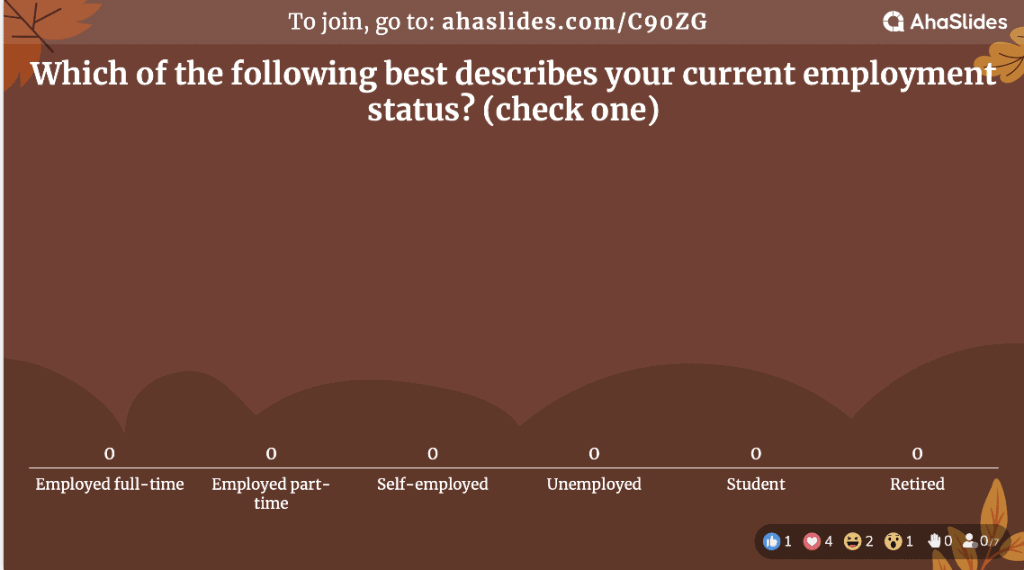
#3 – 複選框 – 封閉式問題範例
複選框題與多項選擇題類似,但有一個關鍵差異。多項選擇題通常要求受訪者從選項清單中選擇一個答案選項,而複選框題則要求受訪者從清單中選擇一個或多個答案選項。複選框題通常用於了解受訪者的偏好或興趣,而無需提供具體答案。
例
您使用以下哪些社交媒體平台? (檢查所有適用)
- Snapchat
在過去的一個月裡,您嘗試過以下哪些食物? (選擇所有符合條件的)
- 壽司米
- 玉米餅
- 比薩
- 翻炒
- 三明治
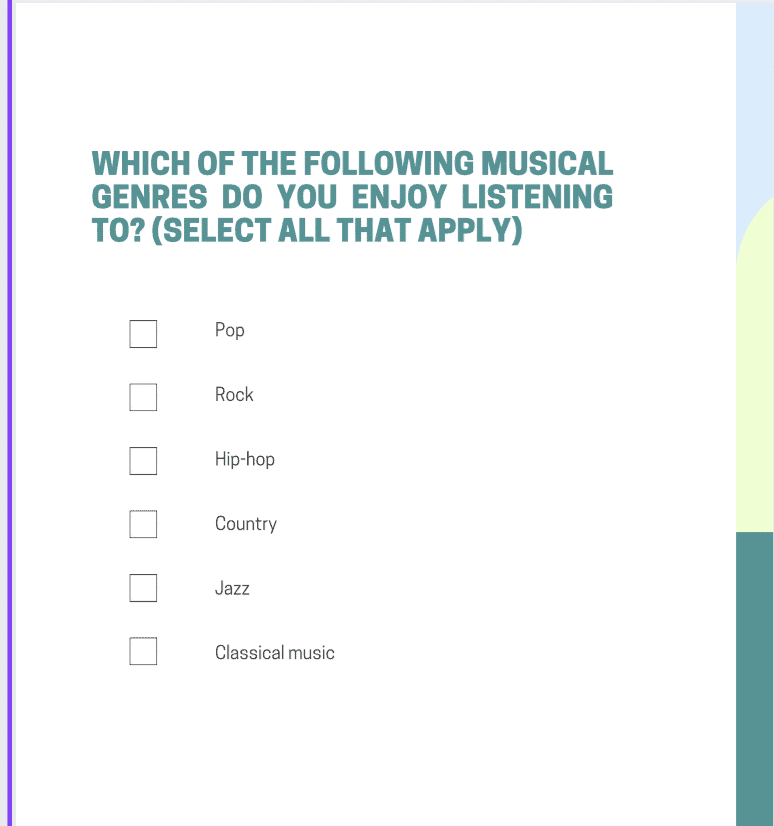
#4 – 李克特量表 – 封閉式問題範例
評級量表最流行的格式是李克特量表問題。 研究人員使用李克特量表問題進行了一項調查,以評估他們對陳述的同意或不同意程度,衡量對陳述的正面或負面反應。 李克特量表問題的典型格式是五分製或七分制。
示例:
- 我對收到的客戶服務感到滿意。 (選項:非常同意、同意、中立、不同意、非常不同意)
- 我很可能會向朋友推薦我們的產品。 (選項:非常同意、同意、中立、不同意、非常不同意)
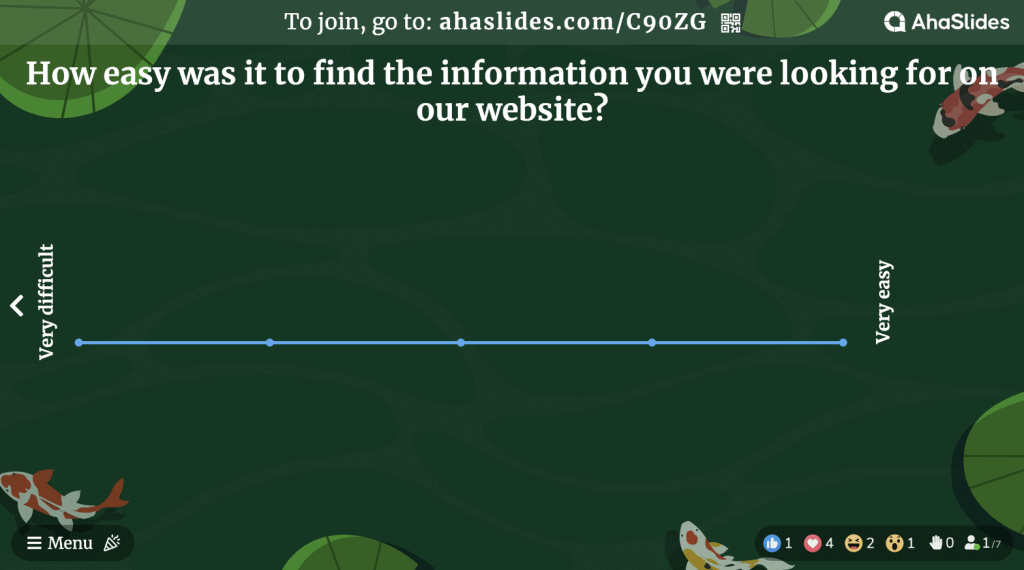
#5 – 數字評分量表 – 封閉式問題範例
另一種評級量表是數字評級量表,要求受訪者使用數字量表對產品或服務進行評級。 標尺可以是點標尺或視覺模擬標尺。
例:
- 以 1 到 5 的評分標準,您對最近在我們店的購物體驗的滿意度如何? 1 – 非常不滿意 2 – 比較不滿意 3 – 一般 4 – 比較滿意 5 – 非常滿意
- 請用 1 到 10 的等級給我們的客戶服務打分,1 分代表差,10 分代表優秀。
#6 – 語意差異問題 – 封閉式問題範例
當研究人員試圖要求受訪者根據相反形容詞的等級對某事進行評分時,這就是語義差異問題。 這些問題對於收集有關品牌個性、產品屬性或客戶看法的數據很有用。 語義差異問題的例子包括:
- 我們的產品是:(選項:昂貴 - 實惠,複雜 - 簡單,高品質 - 低品質)
- 我們的客戶服務是:(選項:友善 – 不友善、有幫助 – 沒有幫助、回應 – 沒有回應)
- 我們的網站是:(選項:現代 - 過時,易於使用 - 難以使用,資訊豐富 - 不具資訊性)
#7 - 排名問題 – 封閉式問題範例
排名問題也常用於研究中,受訪者必須按照偏好或重要性對答案選項列表進行排名。
這類問題常用於市場研究、社會研究和客戶滿意度調查。 排名問題對於獲取有關不同因素或屬性(例如產品特性、客戶服務或價格)的相對重要性的信息很有用。
例子:
- 請按重要性對我們產品的以下功能進行排序:價格、質量、耐用性、易用性。
- 選擇餐廳時,請依重要性順序排列以下因素:食品品質、服務品質、氣氛和價格。
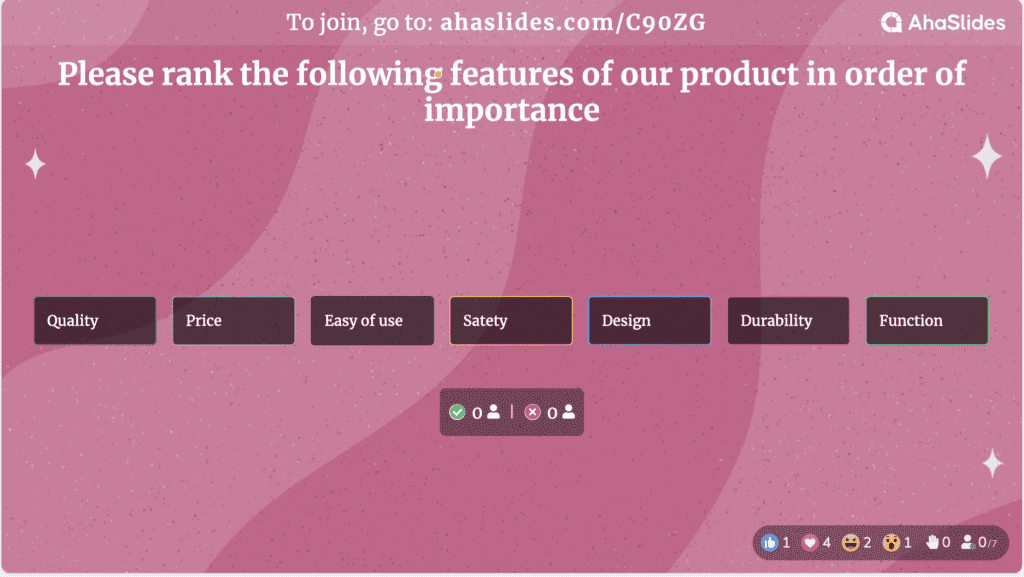
更多封閉式問題示例
如果您需要封閉式問卷樣本,可以參考以下不同類別的封閉式問題示例。 除了前面提到的示例之外,我們還提供了更多在營銷、社交、工作場所等背景下的封閉式調查問題示例。
相關新聞: 學生問卷樣本 | 45 個以上的問題和提示
市場研究中的封閉式問題示例
消費者滿意度
- 您對最近的購買體驗滿意嗎? 1 – 非常不滿意 2 – 比較不滿意 3 – 一般 4 – 比較滿意 5 – 非常滿意
- 您未來再次購買我們產品的可能性有多高? 1 – 完全不可能 2 – 可能性不大 3 – 一般 4 – 可能性較大 5 – 非常有可能
網站可用性
- 您在我們的網站上尋找所需資訊容易嗎? 1 – 很難 2 – 有點難 3 – 一般 4 – 有點容易 5 – 非常容易
- 您對我們網站的整體設計和佈局滿意嗎? 1 – 非常不滿意 2 – 比較不滿意 3 – 一般 4 – 比較滿意 5 – 非常滿意
購買行為:
- 您多久購買一次我們的產品? 1 – 從不 2 – 很少 3 – 偶爾 4 – 經常 5 – 總是
- 您向朋友推薦我們產品的可能性有多高? 1 – 非常不可能 2 – 不太可能 3 – 一般 4 – 可能 5 – 非常有可能
品牌認知:
- 您對我們的品牌有多熟悉? 1 – 完全不熟悉 2 – 稍微熟悉 3 – 比較熟悉 4 – 非常熟悉 5 – 極度熟悉
- 以 1 到 5 的等級來衡量,您認為我們的品牌有多值得信賴? 1 – 完全不值得信賴 2 – 稍微值得信賴 3 – 中等值得信賴 4 – 非常值得信賴 5 – 極度值得信賴
廣告效果:
- 我們的廣告是否影響了您購買我們產品的決定? 1 – 是 2 – 否
- 以 1 到 5 分制,您覺得我們的廣告有多吸引人? 1 – 完全沒有吸引力 2 – 略有吸引力 3 – 中等吸引力 4 – 非常有吸引力 5 – 極具吸引力
休閒和娛樂中的封閉式問題示例
Travel
- 你喜歡哪一種度假方式? 1 – 海灘 2 – 城市 3 – 探險 4 – 放鬆
- 您多久休閒旅行一次? 1 – 每年一次或更少 2 – 每年 2-3 次 3 – 每年 4-5 次 4 – 每年 5 次以上
食品
- 你最喜歡的菜係是什麼? 1 – 義大利菜 2 – 墨西哥菜 3 – 中國菜 4 – 印度菜 5 – 其他
- 您多久外食一次? 1 – 每週一次或更少 2 – 每週 2-3 次 3 – 每週 4-5 次 4 – 每週 5 次以上
娛樂
- 你最喜歡什麼類型的電影? 1 – 動作片 2 – 喜劇片 3 – 劇情片 4 – 愛情 5 – 科幻片
- 您多久看一次電視或串流服務? 1 – 每天少於 2 小時 1 – 每天 2-3 小時 3 – 每天 4-4 小時 4 – 每天超過 XNUMX 小時
場地管理
- 您預計有多少位賓客出席活動? 1 – 少於 50 人 2 – 50-100 人 3 – 100-200 人 4 – 超過 200 人
- 您是否願意為活動租用視聽設備? 1 – 是 2 – 否
活動反饋:
- 您未來參加類似活動的可能性有多高? 1 – 完全不可能 2 – 可能性不大 3 – 一般 4 – 可能性較大 5 – 非常有可能
- 以 1 到 5 分來衡量,您對本次活動的組織滿意度如何? 1 – 非常不滿意 2 – 比較不滿意 3 – 一般 4 – 比較滿意 5 – 非常滿意
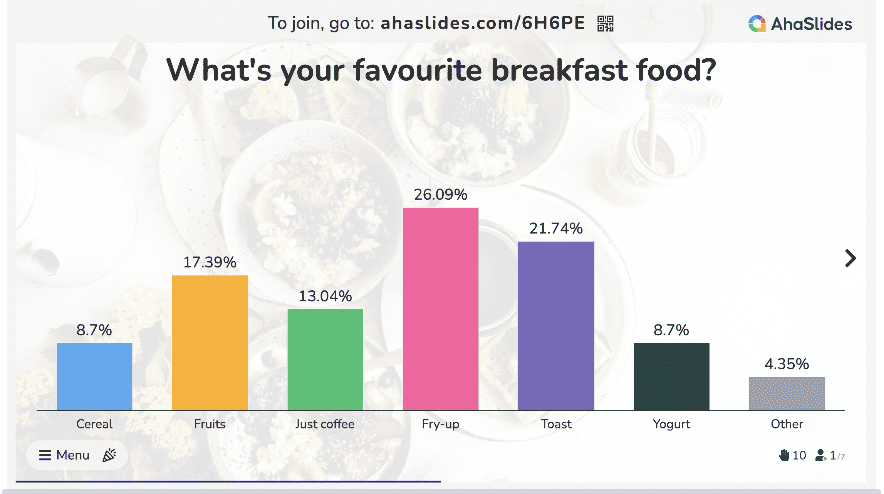
工作相關上下文中的封閉式問題示例
员工参与
- 以1到5分制來衡量,你的經理與你的溝通效果如何? 1 – 完全不好 2 – 比較差 3 – 一般 4 – 比較好 5 – 非常好
- 您對雇主提供的培訓和發展機會有多滿意? 1 – 非常不滿意 2 – 比較不滿意 3 – 一般 4 – 比較滿意 5 – 非常滿意
工作面試
- 您目前的教育程度是什麼? 1 – 高中文憑或同等學歷 2 – 副學士學位 3 – 學士學位 4 – 碩士學位或更高
- 您以前做過類似的工作嗎? 1 – 是 2 – 否
- 您是否可以立即開始工作? 1 – 是 2 – 否
員工反饋
- 您是否覺得您的工作表現得到了足夠的回饋? 1 – 是 2 – 否
- 您覺得您在公司內部有職涯發展機會嗎? 1 – 是 2 – 否
性能評估:
- 本季你達成目標了嗎? 1 – 是 2 – 否
- 自上次績效評估以來,您是否採取了任何措施來提升績效? 1 – 是 2 – 否
社會研究中的封閉式問題示例
- 您多久自願參加一次社區服務活動? A. 從不 B. 很少 C. 有時 D. 經常 E. 總是
- 您對以下陳述的同意或不同意程度有多高:「政府應該增加公共教育經費。」A. 非常同意 B. 同意 C. 中立 D. 不同意 E. 非常不同意
- 在過去的一年裡,您是否經歷過基於您的種族或民族的歧視? A. 是 B. 否
- 您通常每週花多少小時在社交媒體上? A. 0-1小時 B. 1-5小時 C. 5-10小時 D. 10小時以上
- 公司支付員工低薪並提供最低限度的福利是否公平? A. 公平 B. 不公平
- 您是否認為刑事司法系統平等對待所有人,無論種族或社會經濟地位如何? A. 公平 B. 不公平
關鍵要點
在設計調查和問卷時,除了選擇問題類型外,還要記住問題的語言要簡潔明了,結構要有邏輯,讓受訪者容易理解和理解,從而為以後的分析提供更好的結果。
為了有效地進行封閉式調查,您只需要像這樣的軟件 啊哈幻燈片 它提供了大量免費的內置 調查模板 實時更新有助於快速收集和分析任何調查。

現場問答 是一種允許演講者或主持人與觀眾進行即時互動的形式。它本質上是一個以虛擬方式進行的問答環節,通常在演示、網路研討會、會議或線上活動期間進行。在這類活動中,最好避免使用封閉式問題,因為它會限制觀眾表達意見。你可以考慮一些破冰技巧,例如提問 技巧問題 給你的聽眾,或查看列表 有什麼問題可以問我!
查看:頂部 開放式問題 在2024!
常見問題(FAQ)
封閉式問題的 3 個範例是什麼?
封閉式問題的示例有:
– 下列哪一個城市是法國的首都? (巴黎、倫敦、羅馬、柏林)
– 今天股市收盤上漲了嗎?
– 你喜歡他嗎?
什麼是封閉式單字範例?
一些常用來建構封閉式問題的字詞包括「誰/誰」、「什麼」、「何時」、「何地」、「哪個/那」、「是/是」以及「多少/多少」。使用這些封閉式引導詞有助於建構清晰的問題,使問題不致於被誤解,並能得到簡潔的答案。
參考: 確實

